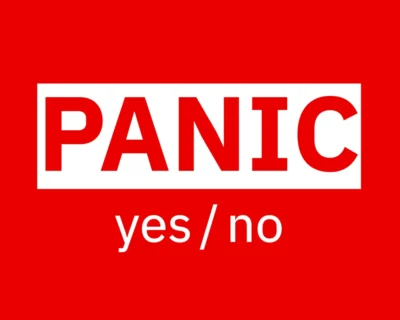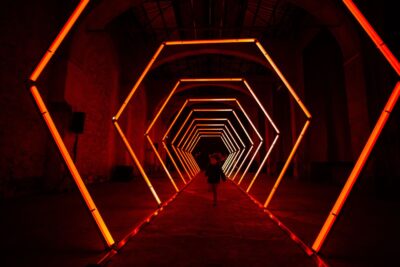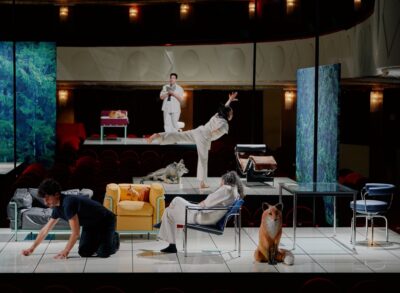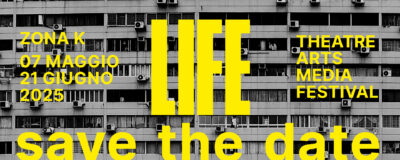The Master in Advanced Interaction (MAI) is a unique opportunity for Designers, Visual and Performing Artists, Choreographers, Dancers, Architects, Interaction Designers, VJs and DJs, Sound Artists, Scenographers, and profiles from related backgrounds to explore creative uses of technology for experimental and practical purposes.
https://iaac.net/educational-programs/master-in-advanced-interaction/
The course is aimed at developing and exhibiting prhttps://iaac.net/educational-programs/master-in-advanced-interaction/ojects which define meaningful interaction through novel technological solutions, performances and installations. The ambition of these projects go well beyond digital media and are communicated through software and hardware development, solid theoretical foundations, and prototypes completed in IaaC’s digital fabrication laboratory. The theoretical basis of the course is to question how current technology can augment the agency and impact of all kinds of interactions around us.
Our learning-by-doing research integrates methods used in design, programming and social sciences to produce projects prototypes and products that will define the outer limits of what is possible to do imaginatively with technology today. Wearables, artificial intelligence, human-machine interaction and augmented environments are some of the key topics which form the agenda of the Master of Advanced Interaction. Students who attend the Master in Advanced Interaction join an international group, including faculty members, researchers and lecturers investigating critical issues facing modern society with the aim of developing the skills necessary to implement practical solutions in diverse professional environments.
The Master in Advanced Interaction (MAI) is a 9 months program accredited by the Universidad Politècnica de Catalunya (UPC) with 75 ECTS. The MAI program is directed by Klaus Obermaier and Luis Fraguada.
CONTEXT AND AGENDA
The Institute for Advanced Architecture of Catalonia has evolved from an institution for questioning architecture and territory, to a place where new architectures are conceived. There is a space between the built environment, the territories we inhabit, and the technology we confront, that nowadays needs to be addressed. Therefore, after the successful pilot-program in 2008, the Institute officially launches the Master in Advanced Interaction, as a natural evolution of the domains it is looking to further explore.
Today we communicate and interact with smart devices, physical and virtual environments, the Internet of Things. User-generated content mixes with professional contributions. In our Age of Participation, mostly driven by social media and gaming but also by interactive arts and performances, passive recipients turn into active participants, becoming creative players. Interactive environments go beyond the passive reception by creating an immersive, communicative and social experience.
All fields of study and practice require the skills to make meaningful use of available and forthcoming technologies. This is mainly due to the increased adoption of technology in our daily lives. Data and Information now encompass a sort of Metadata Layer which crosses all aspects of our existence.
The Master in Advanced Interaction questions the limits of this contemporary technological phenomena and prepares candidates to be the key actors capable of making connections between disciplines where none were possible or even considered before.





